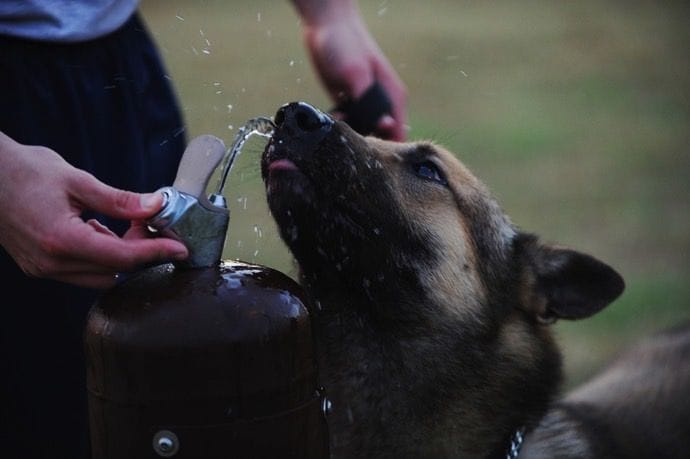 |
| Image via medveda/Shutterstock.com |
How to Relieve Cat Stomach Issues
By Kathy Blumenstock
When you’re hit with an upset stomach, you seek sympathy from your cat while contemplating the contents of your medicine cabinet. But cat stomach issues are different. If your cat throws up, or you wake up to the nasty reality of cat diarrhea, your kitty relies on you to find out what’s wrong and how to get her back on track.
Symptoms of Cat Stomach Upset
“Symptoms of an upset stomach in a cat include licking the lips, which is a sign of nausea, vomiting and refusing to eat,” says Dr. Elizabeth Arguelles, medical director and founder of Just Cats Clinic in Reston, Virginia. “Possibly the cat ate something it shouldn’t have, like a bug or a leaf of a plant.” Diarrhea may also develop if the problem affects the lower part of the gastrointestinal tract.
Dr. Mark Rondeau, DVM, BS, of PennVet in Philadelphia, Pennsylvania, says that while vomiting is the most visible sign of cat stomach upset, “a change in behavior, such as being less active or not interacting or hiding in unusual places—a lot of those behaviors are common in cats that may have upset stomachs.”
And no, those hairballs that suddenly appear on the new living room carpet are not the same thing as when your cat throws up. “This is an extremely common myth,” Dr. Arguelles says. “There’s a distinction between a hairball—which looks like a piece of poop made out of hair—and vomit, which may have hair in it along with partially digested food or bile.”
Dr. Rondeau adds that if a cat occasionally hurls a hairball—ejecting hair that isn’t processed out through the ‘other end’—it’s not something to worry about, but that “the reasons for feline vomiting can include a long list of things.”






